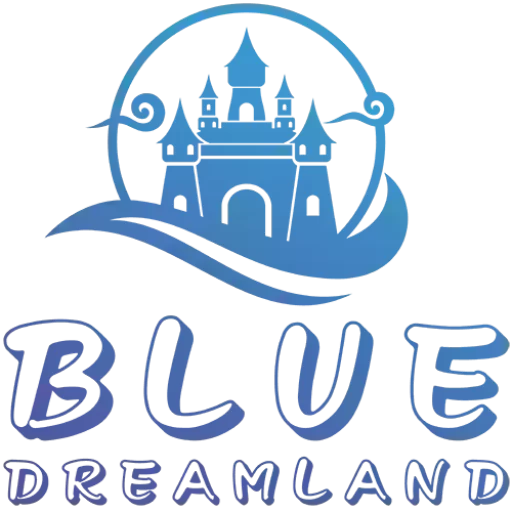Buying Small Train for an Amusement Park: Maximizing Profit and Minimizing Loss

The decision to purchase a small train for an amusement park is a significant investment that requires careful consideration to ensure profitability and avoid potential losses. Let’s delve into the various aspects that need to be analyzed.
Cost Analysis:
The total cost of acquiring and operating a small train encompasses several components. The purchase cost can vary greatly depending on the model, features, and brand. A high-quality train with advanced features and larger capacity may come with a substantial upfront investment. Maintenance costs are an ongoing expense, including regular servicing, parts replacement, and inspections to ensure the train remains in top condition. Operational costs such as fuel, electricity, and staff wages also contribute to the overall expenditure.
When choosing the right small train, several key factors come into play. The passenger capacity is crucial as it directly impacts the potential revenue. A train with a larger capacity can accommodate more riders per trip, increasing efficiency. Safety is of utmost importance and should never be overlooked. Features like reliable braking systems, reinforced structures, and proper safety belts are essential. The appearance of the train plays a significant role in attracting visitors. A visually appealing and unique design can make the train stand out and draw more riders.
The location of the amusement park has a profound influence on the profitability of the small train. A park in a high-traffic area with a large number of visitors and a higher local spending power provides a better chance for the small train to generate significant revenue. Understanding the demographics and preferences of the local population is vital for tailoring the experience and pricing accordingly.
Strategy Planning:
Setting the right ticket price is a delicate balance. It should take into account the costs incurred, the market demand, and the competition. Conducting market research to understand what similar attractions are charging and what consumers are willing to pay is essential. A pricing strategy that is both competitive and profitable is the goal.
Effective marketing and promotion are crucial for attracting customers. Online platforms such as social media, the park’s website, and online travel agencies can be utilized for promotion. Offline methods like flyers, billboards, and partnerships with local businesses can also increase visibility. Collaborating with other rides or attractions within the park for joint promotions can offer bundled packages and incentives to attract more visitors.
Providing excellent service is key to customer satisfaction and repeat business. Ensuring the safety of passengers is paramount. This includes implementing strict safety protocols, providing clear instructions to riders, and having well-trained staff on hand to handle any emergencies. Service personnel should undergo professional training to offer friendly and efficient service, enhancing the overall experience for visitors.
Risk Assessment:
Compliance with policy and regulations is essential to avoid legal issues. Staying updated on local and national laws related to amusement park operations, safety standards, and licensing requirements is crucial. Non-compliance can lead to fines, closures, and damage to the park’s reputation.
The market is constantly evolving, and changes in visitor preferences and the actions of competitors can pose risks. Keeping a close eye on emerging trends, new attractions in the area, and shifts in customer demands allows for timely adjustments to the small train’s offerings and marketing strategies.
Highlighting the safety of the small train is multi-faceted. The technical specifications should meet or exceed industry standards. Adequate safety equipment such as emergency brakes, fire suppression systems, and protective barriers are necessary. A well-defined and strictly followed maintenance process ensures that the train is always in a safe operating condition. Regular safety audits and staff training on safety procedures further enhance the safety of the ride.
In conclusion, purchasing a small train for an amusement park requires a comprehensive understanding of costs, strategic planning, and a vigilant assessment of risks. By carefully considering these factors and implementing effective strategies, it is possible to maximize the potential for profit while minimizing the chances of losses.

